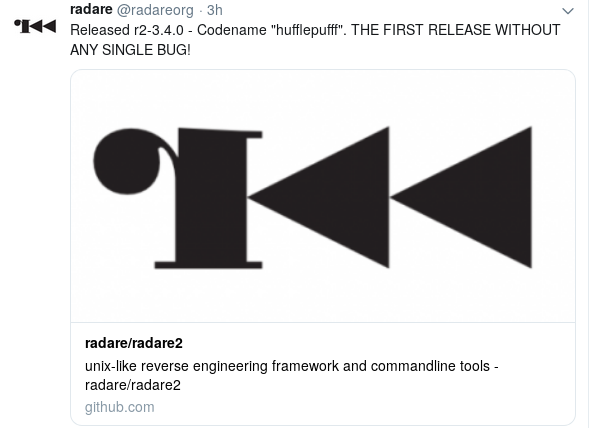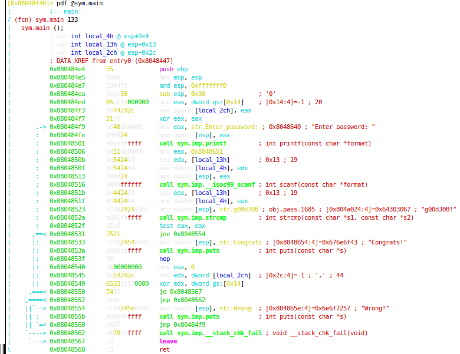Deobfuscating APT32 Flow Graphs with Cutter and Radare2 by Itay Cohen.
The Ocean Lotus group, also known as APT32, is a threat actor which has been known to target East Asian countries such as Vietnam, Laos and the Philippines. The group strongly focuses on Vietnam, especially private sector companies that are investing in a wide variety of industrial sectors in the country. While private sector companies are the group’s main targets, APT32 has also been known to target foreign governments, dissidents, activists, and journalists.
APT32’s toolset is wide and varied. It contains both advanced and simple components; it is a mixture of handcrafted tools and commercial or open-source ones, such as Mimikatz and Cobalt Strike. It runs the gamut from droppers, shellcode snippets, through decoy documents and backdoors. Many of these tools are highly obfuscated and seasoned, augmented with different techniques to make them harder to reverse-engineer.
In this article, we get up and close with one of these obfuscation techniques. This specific technique was used in a backdoor of Ocean Lotus’ tool collection. We’ll describe the technique and the difficulty it presents to analysts — and then show how bypassing this kind of technique is a matter of writing a simple script, as long as you know what you are doing.
The deobfuscation plugin requires Cutter, the official GUI of the open-source reverse engineering framework – radare2. Cutter is a cross-platform GUI that aims to expose radare2’s functionality as a user-friendly and modern interface. Last month, Cutter introduced a new Python plugin system, which figures into the tool we’ll be constructing below. The plugin itself isn’t complicated, and neither is the solution we demonstrate below. If simple works, then simple is best.
Way beyond my present skills but I can read and return to it in the future.
I don’t know how Cohen defines foreign government but for my purposes, a foreign government is one that isn’t paying me. Simple, direct and to the point. That may be a U.S.-centric definition. The U.S. government spends $billions on oppressing people around the world but cybersecurity sees it with a begging cup out for volunteer assistance. On a scale of volunteer opportunities, the U.S. government and its fellow travelers should come out dead last.

